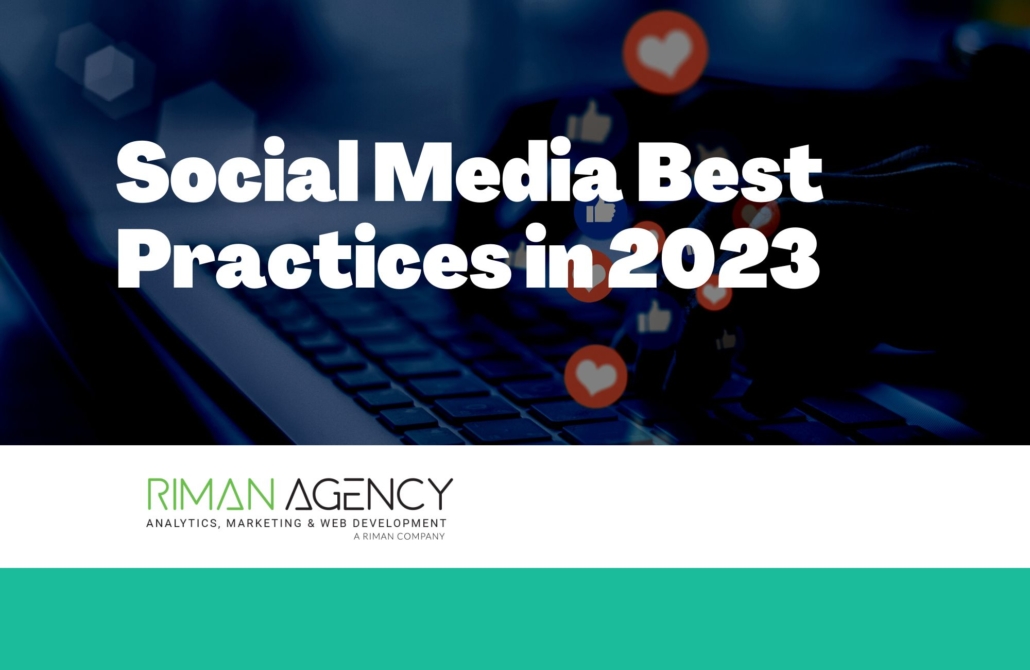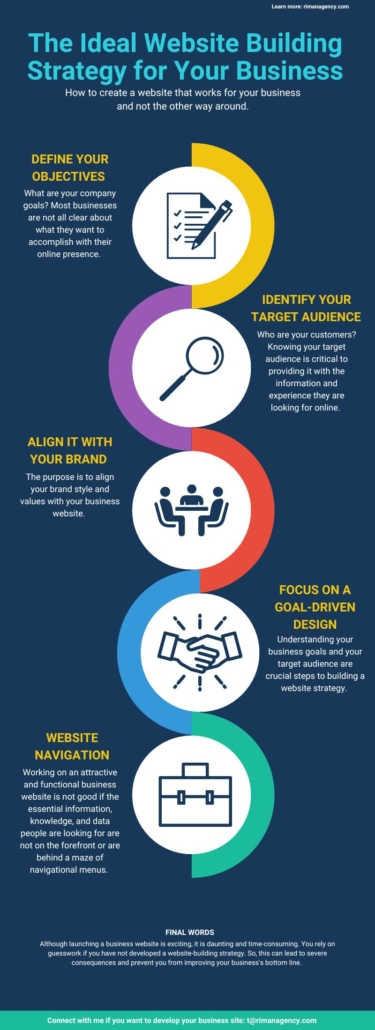Do you want to know the best video dimensions for each platform? If yes, you have landed on the right page. Read Details Here!
What are the Best Video Dimensions by Platform?
Video marketing has become an integral part of business strategy. Businesses that create video content improve their online presence, engage followers/target audiences, increase sales, and boost their businesses’ bottom line.
Whether YouTube, Facebook, Instagram, Pinterest, or Twitter, video marketing is an excellent way to achieve your goals. Videos convey information about your brand, product, or service appealingly and reliably.
The good news is that you don’t need skills to create video content because you can use various tools to enter data/information and the platform/tool automatically creates videos.
Some tools even have AI-based voiceover capabilities, allowing businesses to create efficient and quick videos that engage more online users and generate higher investment returns.
However, if you want to stand out from the competition, Tarek Riman recommends hiring a professional video content creator or service. If you don’t have enough budget, you must learn video creation skills and know the dimensions for each platform. Today’s article will explain the best dimensions for each social media platform. Read on!
YouTube
YouTube is the most widely used video marketing platform for businesses to promote their brand, products, or services by uploading quality videos. The standard YouTube video is in the Mp4 format with AAC and H.265 codec.
Tarek Riman, a professional entrepreneur and experienced digital marketer, recommends 3840 x 2160 video dimensions with an aspect ratio of 16:9 or 4:3. The video length should be no longer than ten minutes for business content.
You can upload these file types on YouTube: MP4, MOV, MPEG4, FLV, 3GPP, etc. However, we suggest MP4 videos because they are premium quality and the best for all types of video content.
In addition, you can use display ads to promote your brand. These ads usually appear in the right column or the search results when users watch videos. So, the best video specification for display ads is 300 x 250 pixels with an aspect ratio of 4:3 or 16:9.
YouTube Shorts are an excellent way to drive more subscribers to your channel. However, you must know the best dimensions for YouTube shorts to attract more users and streamline the entire process.
The best video dimensions are YouTube Shorts are 1080 x 1920 pixels with a 9:16 aspect ratio. Make sure the video length does not exceed 60 seconds. The maximum file size is 4MB.
Instagram is a powerful social media platform for businesses and marketers. The social media network is famous for its short and engaging videos. About 5.2 million people watch business-related videos on Instagram. So, posting videos and investing in Instagram advertising is an excellent way to generate higher ROIs.
According to Tarek Riman, videos on Instagram can grab your audience’s attention and convince them to know more about your brand, product, or service. Instagram merged IGTV videos in 2021, making it easier for brands to promote their products and services via premium-quality videos.
The best video dimensions for posting videos on Instagram are 1080 x 1080, 1080 x 1350, or 1920 x 1080 pixels. Focusing on the aspect ratio is crucial to streamlining the entire process. 1:9:1 is ideal for landscape, 4:5 or 9:16 is good for vertical, and 1:1 is perfect for square aspect ratio.
We recommend uploading videos between 15 seconds and ten minutes, depending on your needs. Moreover, Instagram stories Ads are a reliable method for companies to engage their audience with appealing storytelling.
The stories contain up to ten images, and each story appears on the platform for 24 hours. Video dimensions for Instagram stories are 1080 x 1920 pixels with a 9:16 aspect ratio. The maximum file size is 4MB, and the video length is no longer than two minutes.
Although Instagram and YouTube are excellent social networking websites for businesses and marketers, nothing beats Facebook’s professionalism because it is the most widely used social platform.
The best video dimensions for YouTube videos, including landscape and square, are 1280 x 720 pixels, with 16:9 for landscape and 9:16 for portrait. The maximum file size of a video you can upload on Facebook is 4GB.
In addition, you can upload a video with a length of up to four hours. If you want to streamline your Facebook video marketing for mobile devices, maintain 2:3 for both video orientations.
Facebook provides businesses with cutting-edge features, including 360-degree videos. The platform favors 360 videos because they organically appear in the deeds. In addition, you can record any video in a 360-degree format.
The best video dimensions for 360-degree videos are 5120 x 2560 with a 2:1 aspect ratio. Remember, these dimensions are ideal for Monoscopic videos. If you want to publish Stereoscopic videos, ensure the maximum dimensions are 5120 x 5120 with a 1:1 aspect ratio. The maximum length of a 360-degree video is 1.5 hours.
Individuals and businesses post more than 500 million tweets every day. Companies, including real estate, healthcare, entertainment, and sports, use this platform for marketing their brands and services.
The best thing about Twitter is that you can upload video content in-feed in portrait and landscape formats. Although you can’t share these formats via Vimeo and YouTube Links, Twitter is an excellent way to share organic content. You can use paid video ads to drive more people toward your Twitter account.
The best dimensions for portrait videos are 720 x 1280 pixels, and landscape videos are 1280 x 720 pixels with an aspect ratio of 1:1 for square and 16:9 for portrait and landscape. The maximum video length on Twitter is 140 seconds. Tarek Riman recommends uploading MOV videos for mobile users and MP4 videos for the web.
Snapchat
More than a billion people watch videos on Snapchat. It has become one of the mainstream social media platforms for businesses. The number of users on Snapchat is more than on Pinterest and Twitter.
You can reach your target audience efficiently, reliably, and quickly via quality videos representing and promoting your brand, products, or services. However, you must know the best video dimensions for Snapchat to streamline the entire process and achieve your video marketing goals.
The best video dimensions for Snapchat are 1080 x 1920 pixels with an aspect ratio of 9:16. The max video length on Snapchat is 10 seconds. However, you can use paid ads for long-form videos.
It is one of the best options for businesses to let their target audiences find their brands, products, or services. So, you can streamline the overall video ad campaigns on Snapchat and drive more traffic to your website.
The maximum length for long-form videos is 180 seconds. The best dimensions are 1080 x 1920 pixels with a 9:16 or 16:9 aspect ratio. Tarek Riman recommends uploading MOV or MP4 videos for the best results.
Although LinkedIn has limited video marketing features, it is the best platform to reach professionals. For instance, executives, managers, and other professionals watch LinkedIn videos. About 54% of people share video content with colleagues, teams, clients, and others on LinkedIn.
In addition to uploading videos on LinkedIn, you can embed or share YouTube links in Pulse articles or shared posts. LinkedIn also enables businesses to run video ads to improve their branding and increase lead generation.
According to Tarek Riman, the best video dimensions for LinkedIn videos are 4096 x 2304 pixels with a 2:4:1 or 1:2:4 aspect ratio. The maximum length of a video is ten minutes, and the best formats are FLV, MOV, AVI, ASF, MPEG4, MKV, and MPEG1.
Moreover, LinkedIn Stories are a profitable opportunity for companies to add stickers to their videos, add informative texts to interact with their target audience, ask questions, and provide incentives.
You can also add call-to-actions to these stories. The best video dimensions for LinkedIn stories are 1080 x 1920 pixels with a 9:16 aspect ratio. The maximum video length is between 15 and 20 seconds.
While you can’t upload your own videos on Pinterest, you can share Vimeo and YouTube Links. Pinterest is one of the best marketing platforms for companies to share graphical content and engage their target audiences.
In addition, the platform offers two ad formats for single videos. For example, long-form video ads are vertical and square. Because both formats are the same, they have the exact dimensions.
The best dimensions for square videos are 600 x 600 pixels and 600 x 900 for vertical videos. Make sure the aspect ratio for square video is 1:1 and vertical video is 9:16. The best file formats are MOV and MP4, and the maximum video length is no more than 15 minutes.
Similarly, you can use story pins to share short-form videos or content with your followers. Remember, this Pinterest feature is the same as Facebook and Instagram stories.
Tarek Riman says the best video dimensions are 1080 x 1920 pixels with a 9:16 aspect ratio. Riman recommends uploading video stories with a length between 30 and 60 seconds. The most optimal file formats to achieve good quality are MOV and MP4.
TikTok
TikTok has transformed the entire video marketing landscape via its cutting-edge policy of short-form videos. Billions of users worldwide use TikTok for entertainment purposes. At the same time, businesses can follow the 80-20 rule to upload short-form videos on TikTok.
For example, the rule says that 80% of the video content is entertaining/educational and 20% promotional. You can also include call-to-actions in these short-form videos on TikTok to drive more people to your website and turn them into loyal customers.
However, creating quality content is essential to achieving your goals. Remember, the best video dimensions for a brand on TikTok are 1080 x 1920 pixels with a 9:16 aspect ratio. The maximum video length on TikTok is 60 seconds. Tarek Riman recommends using MOV or MP4 files to achieve better quality.
TikTok also offers feed ads for businesses to reach their target audiences efficiently and quickly. However, you must pay money to leverage the power of feed ads on TikTok. Creating quality ad content is necessary to appeal to TikTok users.
The best video dimensions for TikTok ads are 1080 x 1920 pixels with a 9:16 aspect ratio. TikTok won’t allow you to upload a video ad of length more than 60 seconds. The best file types are MOV and MP4 for TikTok feed ads.
Final Words
Understanding the best dimensions for each platform is essential to creating and uploading the correct-size videos. In addition to the dimensions, businesses must also focus on quality content that aligns with their company mission and goals and customers’ requirements.
If you don’t understand how to streamline the entire process, you can rely on a professional video marketing company like Riman Agency. It is one of the most reputable agencies in North America and the Middle East, helping small-medium enterprises to ace their video marketing campaigns and boost overall ROIs.

 Social Media Best Practices in 2023
Social Media Best Practices in 2023
 What is a holistic digital market strategy? How do I create a successful plan? What factors should I consider? Here is what you need to know!
What is a holistic digital market strategy? How do I create a successful plan? What factors should I consider? Here is what you need to know! 